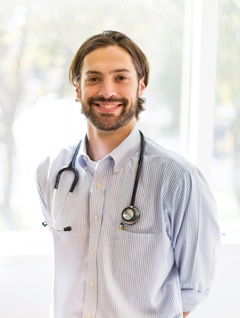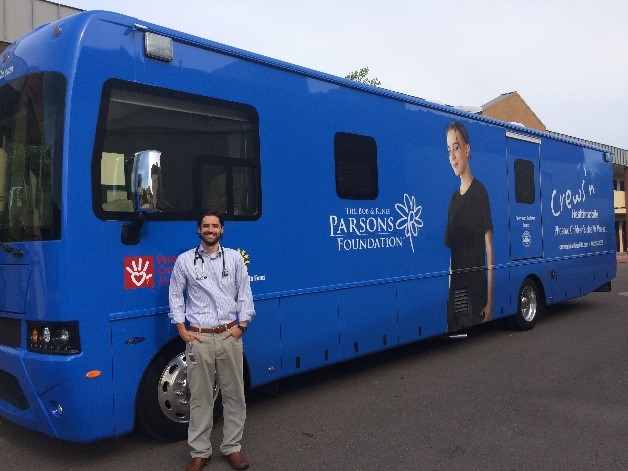‘Disadvantaged Populations Are Especially Vulnerable During Pandemics’

Gary Kirkilas, II, DO, FAAP
May 1, 2020
The Homeless Youth Outreach team at Phoenix Children's Hospital has continued its free pediatric and adolescent care to Phoenix-area homeless families and other disadvantaged populations during the COVID-19 pandemic.
 We are primarily doing telehealth visits via Zoom with our shelter and group home partners. We also are scheduling in-person visits on a case-by-case basis.
We are primarily doing telehealth visits via Zoom with our shelter and group home partners. We also are scheduling in-person visits on a case-by-case basis.
Disadvantaged populations are especially vulnerable during pandemics, as their resources are already limited.
For instance, telehealth visits via Zoom require a smartphone, a data plan and a reliable Internet connection, and not everybody has that. The people we serve often have to borrow a smart phone from a social worker or someone else at the shelter where they live.
Picking up medication also can be a challenge for people who lack reliable transportation. Pre-COVID, we used a fleet of three retrofitted RVs as mobile medical units — each has two exam rooms, a lab and a pharmacy. We could do everything there, including dispensing necessary medication.
But those mobile clinics have been grounded during the pandemic. We now work with our partners in group homes to get people bus passes so they can come to the hospital to pick up the medications they need.
Nationwide, patients in low-income ZIP codes and underserved communities are seeing higher rates of COVID-19, and that is certainly the case in Arizona as well.
For instance, the Navajo Nation has seen 1,434 cases of COVID-19 in Arizona and 69 deaths. Though native people make up 4.5% of Arizona’s population, they have suffered 21% of the deaths as of May 1.
Send in your COVID-19 pandemic story, and we may share it here and on our social media channels. https://bit.ly/2XVvJIu
*The views expressed in this article are those of the author, and not necessarily those of the American Academy of Pediatrics.
About the Author
Gary Kirkilas, DO, FAAP
Gary Kirkilas, DO, FAAP is a general pediatrician at Phoenix Children’s Hospital in Phoenix, Ariz. He also does advocacy work on a city ordinance to limit cannabis advertising and serves on the AAP’s Council on Communications and Media.